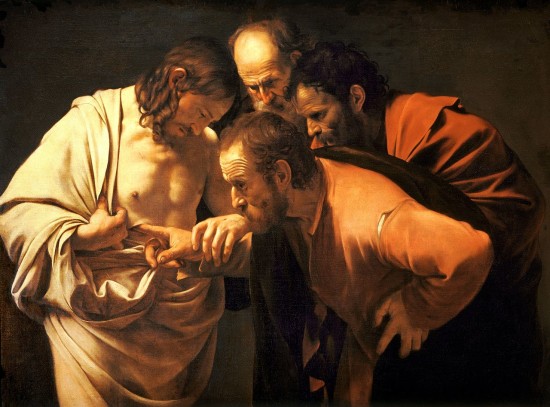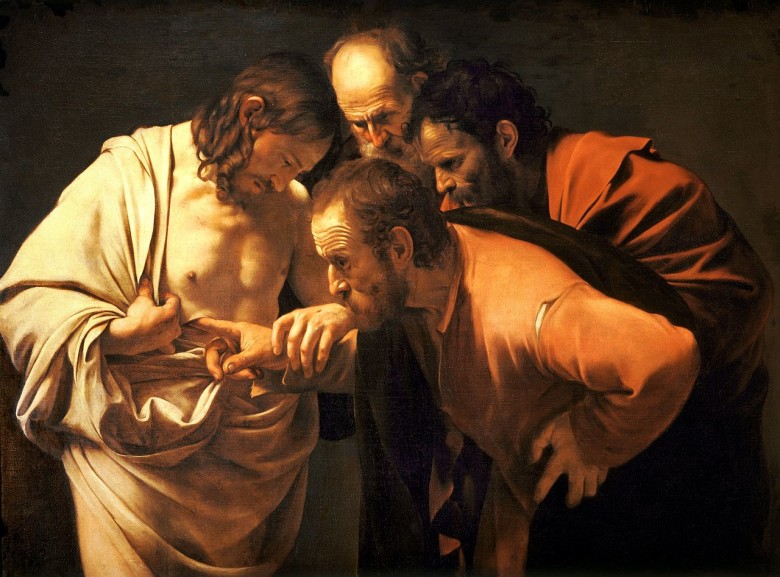Wounds, Scars, and Healing
Every so often, when discussing a difficult topic, there will be one courageous student that asks the question no one wants to ask but everyone wants answered.
For the longest time, that’s how I thought of Thomas. We label and dismiss him as “Doubting Thomas,” but he didn’t just express the simplistic doubt of, “I’ll believe it when I see it.”
Thomas asks to touch the wounds. Thomas asks the question no one wants to ask but everyone wants answered.
Caravaggio’s painting of The Incredulity of St. Thomas captures the gripping curiosity of the rest of the disciples by depicting Peter and John as intense onlookers.
Grounded in the reality of the loss, the pain, the suffering, Thomas needed to see how that woundedness could possibly be healed. So he asks not just to see, but to touch!

In response, Jesus gently and patiently guides Thomas’s hand into the wound. Though the pain has ended, the scar remains.
Think about that: the wounds—the scars—remain, but they no longer hurt. Instead of pain, exploring woundedness led to the discovery of healing and profound belief.
What has exploring your own woundedness taught you?
It’s interesting, even, that Thomas expected the wounds to be there.
Would you have expected the wounds to disappear in light of the Resurrection?
This is something to keep in mind as we discuss “returning to normal” after Covid-19. Perhaps we won’t ever quite return to normal. Perhaps that’s not necessarily a bad thing.
The wounds will heal, the pain will end, and scars will remain.
Faith and hope in the Resurrection neither denies the pain nor the woundedness.
Faith and hope in the Resurrection expects the scars and probes deeply to touch upon the healing.






